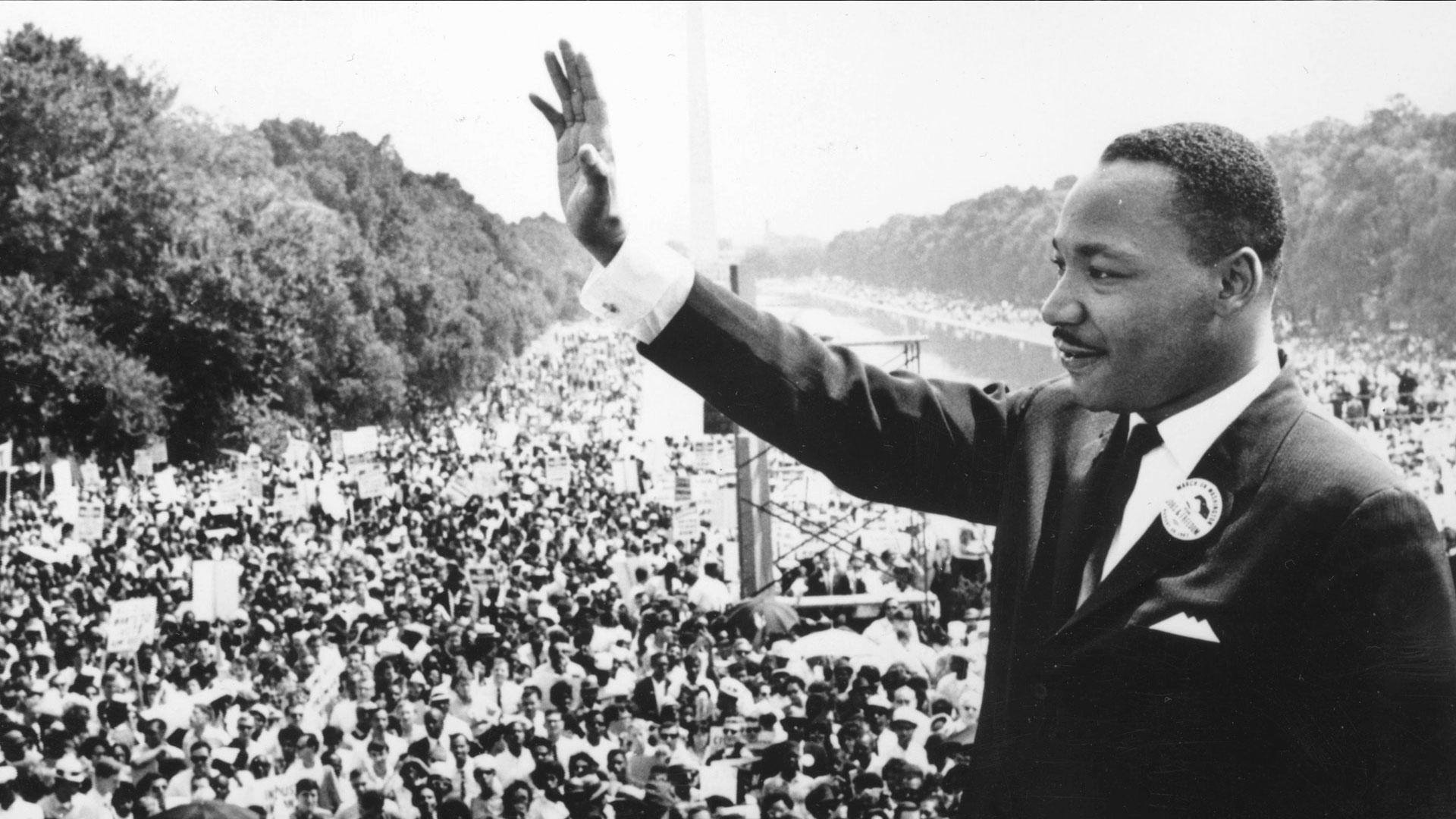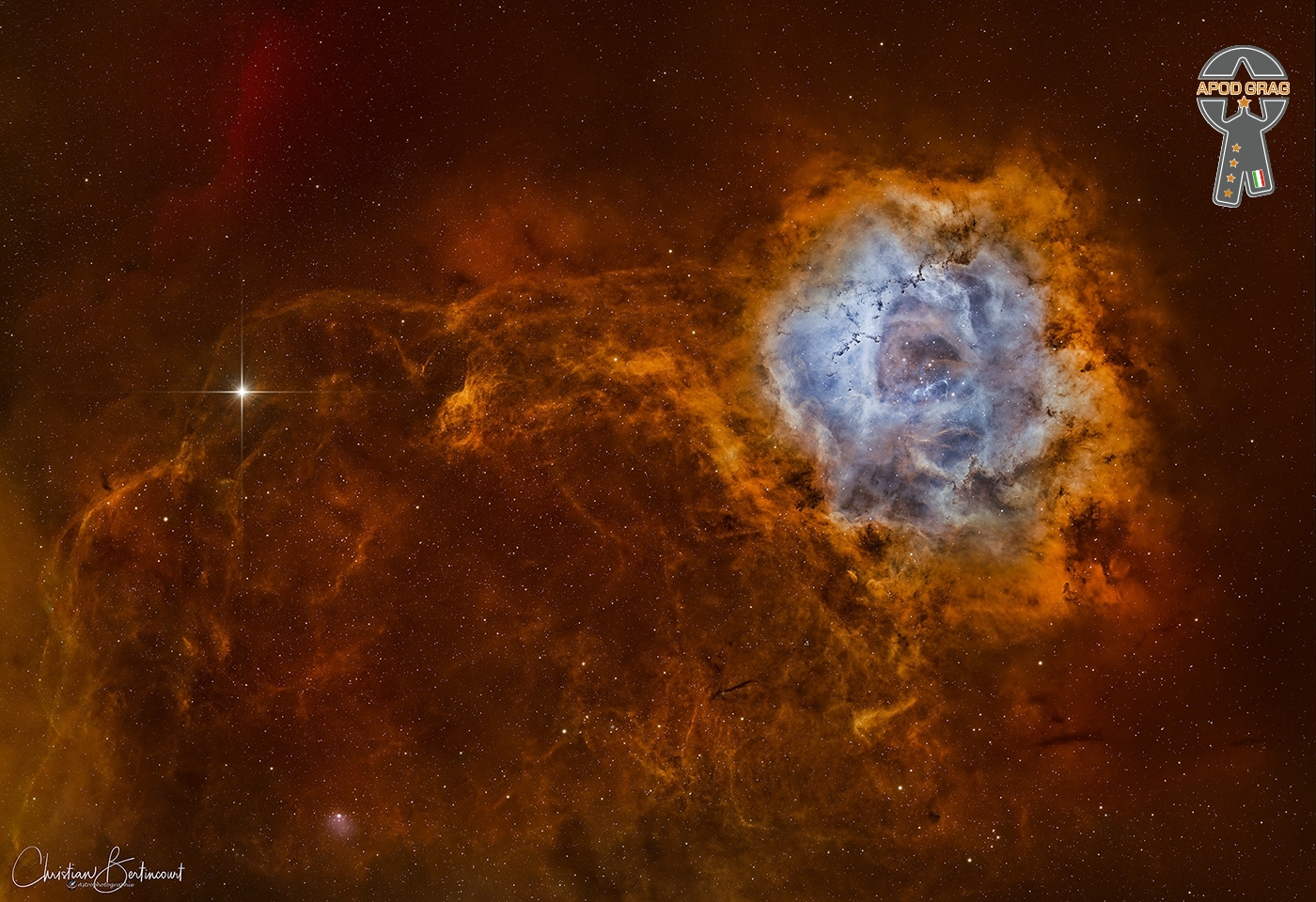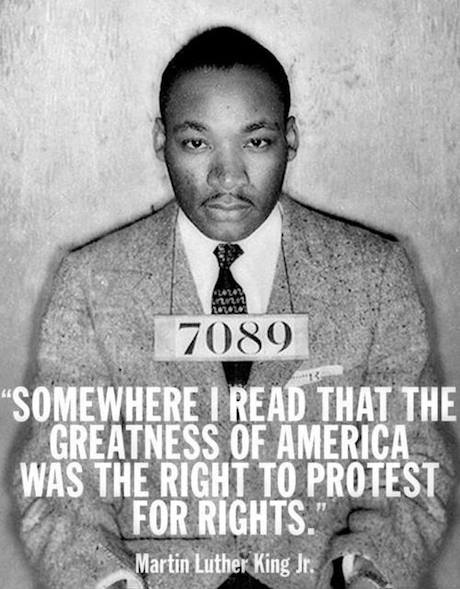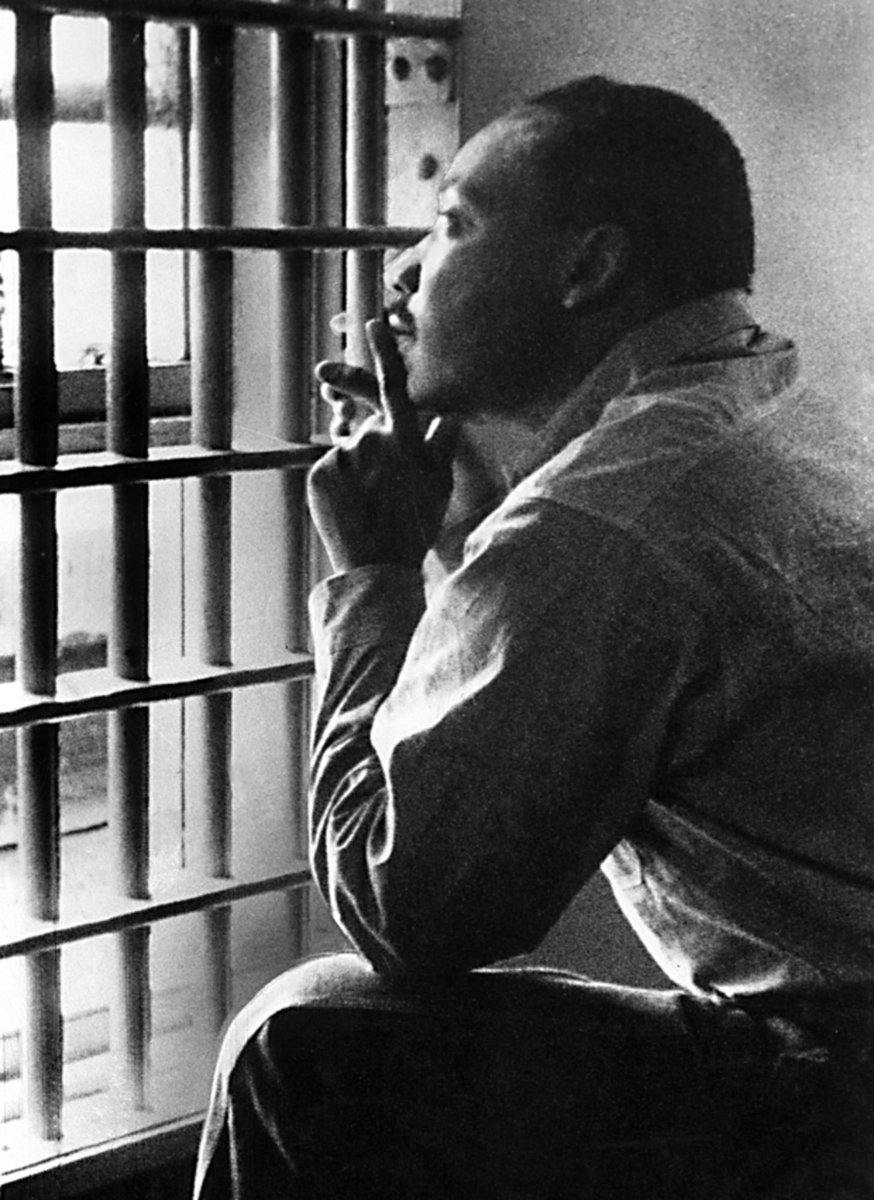Blog
Willie Johnson (January 25, 1897 – September 18, 1945 Pendleton, TX), commonly known as Blind Willie Johnson, was an American gospel blues singer and guitarist. His landmark recordings completed between 1927 and 1930, thirty songs in all, display a combination of powerful chest voice singing, slide guitar skills and originality that has influenced generations of musicians. His records sold well though as a street performer and preacher, he had little wealth in his lifetime. His life was poorly documented, but over time, music historians such as Samuel Charters have uncovered more about him and his five recording sessions.
A revival of interest in Johnson’s music began in the 1960s following his inclusion on Harry Smith‘s Anthology of American Folk Music and by the efforts of the blues guitarist Reverend Gary Davis. Along with Davis, he has since been considered the dominant player of holy blues music which convey religious themes in a blues style, often with a blues style of guitar accompaniment.
Johnson’s work has become more accessible through compilation albums such as American Epic: The Best of Blind Willie Johnson and the Charters compilations. As a result, Johnson is credited as one of the most influential practitioners of the blues and his slide guitar playing, particularly on his hymn Dark Was the Night, Cold Was the Ground, is highly acclaimed. Other recordings by Johnson include Jesus Make Up My Dying Bed, It’s Nobody’s Fault but Mine and John the Revelator.
more...Eberhard Weber (born 22 January 1940, in Stuttgart, Germany) is a German double bassist and composer. As a bass player, he is known for his highly distinctive tone and phrasing. Weber’s compositions blend chamber jazz, European classical music, minimalism and ambient music, and are regarded as characteristic examples of the ECM Records sound.
From the early 1960s to the early 1970s, Weber’s closest musical association was with pianist Wolfgang Dauner. Their many mutual projects were diverse, from mainstream jazz to jazz-rock fusion to avant-garde sound experiments. During this period, Weber also played and recorded with pianists Hampton Hawes and Mal Waldron, guitarists Baden Powell de Aquino and Joe Pass, The Mike Gibbs Orchestra, violinist Stephane Grappelli, and many others.
Starting with The Colours of Chloë, Weber has released 13 more records under his own name, all on ECM. The ECM association also led to collaborations with other ECM recording artists such as Gary Burton (Ring, 1974; Passengers, 1976), Ralph Towner (Solstice, 1975; Solstice/Sound and Shadows, 1977), Pat Metheny (Watercolors, 1977), and Jan Garbarek (10 recordings between 1978 and 1998).
more...Samuel Cooke (born Samuel Cook; January 22, 1931 – December 11, 1964 Clarksdale, MS) was an American singer and songwriter. Considered one of the most influential soul artists of all time, Cooke is commonly referred to as the “King of Soul” for his distinctive vocals, pioneering contributions to the genre, and significance in popular music. During his eight-year career, Cooke released 29 singles that charted in the Top 40 of the Billboard Hot 100 chart, as well as 20 singles in the Top 10 of Billboard‘s Black Singleschart. In 1964, he was shot and killed by the manager of a motel in Los Angeles. After an inquest and investigation, the courts ruled Cooke’s death to be a justifiable homicide. His family has since questioned the circumstances of his death. In 2015, Cooke was ranked number 28 in Billboard magazine’s list of the “35 Greatest R&B Artists of All Time”.
more...J. J. Johnson (January 22, 1924 – February 4, 2001 Indianapolis, IN), born James Louis Johnsonand also known as Jay Jay Johnson, was an American jazz trombonist, composer and arranger.
Johnson was one of the earliest trombonists to embrace bebop.
After studying the piano beginning at age 9, Johnson decided to play trombone at the age of 14. In 1941, he began his professional career with Clarence Love, and then played with Snookum Russell in 1942. In Russell’s band, he met the trumpeter Fats Navarro, who influenced him to play in the style of the tenor saxophonist Lester Young. Johnson played in Benny Carter‘s orchestra between 1942 and 1945, and made his first recordings in 1943 under Carter’s leadership, recording his first solo (on “Love for Sale”) in October 1943. In 1944, he took part in the first Jazz at the Philharmonicconcert, presented in Los Angeles and organized by Norman Granz. In 1945, he joined the big band of Count Basie, touring and recording with him until 1946.
more...
The Rosette Nebula (also known as Caldwell 49) is an H II region located near one end of a giant molecular cloud in the Monoceros region of the Milky Way Galaxy. The open cluster NGC 2244 (Caldwell 50) is closely associated with the nebulosity, the starsof the cluster having been formed from the nebula’s matter.
The nebula has been noted to be having a shape reminiscent of a human skull, and is sometimes referred to as the “Skull Nebula”. It is not to be confused with NGC 246, which is also nicknamed the “Skull Nebula” 5200ly away.

more...
Richard Pierce Havens (January 21, 1941 – April 22, 2013 NY,NY) was an American singer-songwriter and guitarist. His music encompassed elements of folk, soul (both of which he frequently covered), and rhythm and blues. He had a rhythmic guitar style (often in open tunings). He was the opening act at Woodstock, sang many jingles for television commercials, and was also the voice of the GeoSafari toys.
more...Fird Eaglin Jr. (January 21, 1936 or 1937 – February 18, 2009), known as Snooks Eaglin, was an American guitarist and singer based in New Orleans. In his early years he was sometimes credited under other names, including Blind Snooks Eaglin, “Lil” Snook, Ford Eaglin, Blind Guitar Ferd.
His vocal style was reminiscent of that of Ray Charles; in the 1950s, when he was in his late teens, he sometimes billed himself as “Little Ray Charles”. He played a wide range of styles of music within the same concert, album, or even song: blues, rock and roll, jazz, country, and Latin. In his early years, he also played acoustic blues.
His ability to play a wide range of songs and make them his own earned him the nickname “The Human Jukebox.” Eaglin claimed in interviews that his musical repertoire included some 2,500 songs.
At live shows, he usually did not prepare set lists and was unpredictable, even to his bandmates. He played songs that came to him on stage, and he also took requests from the audience.
more...
María Dolores “Lola” Flores Ruiz (
21 January 1923 – 16 May 1995) was a Spanish actress, bailaora (flamenco dancer) and singer. Born in Jerez de la Frontera, Flores became interested in the performing arts at a very young age. Known for her overwhelming personality onstage, she debuted as a dancer at age sixteen at the stage production Luces de España, in her hometown. After being discovered by film director Fernando Mignoni, Flores moved to Madrid to pursue a professional career in music and film, with her first gig being the lead role in Mignoni’s Martingala (1940). Flores succeeded as a film and stage actress. In 1943 she obtained her breakthrough role in the musical stage production Zambra alongside Manolo Caracol, in which she sang original compositions by Rafael de León, Manuel López-Quiroga Miquel and Antonio Quintero, including “La Zarzamora” and “La Niña de Fuego“, mostly singing flamenco music, copla, rumba and ranchera. She then started to receive widespread media coverage.
In 1951, Flores signed a five-film contract with Suevia Films for a value of 6 million pesetas, which became the largest contract for a performing artist in Spanish history.Under that contract she starred in major productions like La Niña de la Venta (1951), ¡Ay, Pena, Penita, Pena! (1953), La Danza de los Deseos (1954) and El Balcón de la Luna (1962), among many others, which spawned the signature songs “A tu Vera” and “¡Ay, Pena, Penita, Pena!“. Since then, she was popularly dubbed as la Faraona (“the Pharaoh”). During her life, Flores performed in more than 35 films, pigeonholed, in many of them, in Andalusian folklore. As a bailaora, Flores enraged several generations of continents, although she distanced herself from flamenco canons. She also recorded over twenty albums, which she toured through Europe, Latin America and the United States.
Her strong personality, recognizable image, remarkable professional trajectory and sometimes controversial personal life, have turned Flores into a Spanish pop culture icon. She is often cited as the “biggest exporter of Andalusian culture to date” as well as a “pioneer”, being tributed many times in recent television series and documentaries such as the biographical film Lola, la Película (2007). Lola became the matriarch of what would later be the Flores family, filled with popular singers and television personalities such as Lolita Flores, Rosario, Alba Flores and Elena Furiase. In 1995, Lola Flores died, aged 72, in Alcobendas due to health complications caused by a breast cancer.
more...Robert “Juice” Wilson (January 21, 1904 – May 22, 1993) was an American jazz violinist. Wilson grew up an orphan and was raised by his uncle from age three in Chicago. He began playing drums in the Chicago Militia Boys Band, then switched to violin at age eight. By the age of twelve he was already playing with Jimmy Wade, and at 14 he performed with Freddie Keppard. He worked on steamboats on the Great Lakes and did extended residencies with Jimmy Harrison in Ohio. Early in the 1920s he worked in Erie, Pennsylvania with Hersal Brassfield, then moved to Buffalo, New York to play with Eugene Primus as well as the Buffalo Junior Symphony Orchestra.
In 1928, Wilson moved to New York City and played with Lloyd Scott at the Savoy Ballroom. At the end of the decade he toured Europe with Noble Sissle, and decided to remain there. He worked first in the Netherlands with Ed Swayzee, Leon Abbey, the Utica Jubilee Singers, the Louis Douglass Revue, Little Mike McKendrick’s International Band, and Tom Chase. He made trips to Spain and North Africa before settling in Malta, where he became a local star. He worked there through much of the 1940s and 1950s as a multi-instrumentalist, and made further tours around the Mediterranean before coming back to the United States in the 1960s. He died peacefully in 1993.
more...


Today’s NASA/ESA Hubble Space Telescope Picture of the Week features a dusty yet sparkling scene from one of the Milky Way’s satellite galaxies, the Large Magellanic Cloud. The Large Magellanic Cloud is a dwarf galaxy situated about 160 000 light-years away in the constellations Dorado and Mensa. Despite being only 10–20% as massive as the Milky Way galaxy, the Large Magellanic Cloud contains some of the most impressive star-forming regions in the nearby Universe. The scene pictured here is on the outskirts of the Tarantula Nebula, the largest and most productive star-forming region in the local Universe. At its center, the Tarantula Nebula hosts the most massive stars known, which weigh in at roughly 200 times the mass of the Sun. The section of the nebula shown here features serene blue gas, brownish-orange dust patches and a sprinkling of multicoloured stars. The stars within and behind the dust clouds appear redder than those that are not obscured by dust. Dust absorbs and scatters blue light more than red light, allowing more of the red light to reach our telescopes and making the stars appear redder than they are. This image incorporates ultraviolet and infrared light as well as visible light. Using Hubble observations of dusty nebulae in the Large Magellanic Cloud and other galaxies, researchers will study these distant dust grains, helping to understand the role that cosmic dust plays in the formation of new stars and planets. [Image Description: A section of a nebula, made up of layers of coloured clouds of gas, of varying thickness. In the background are bluish, translucent and wispy clouds; on top of these are stretches of redder and darker, clumpy dust, mostly along the bottom and right. In the bottom left corner are some dense bars of dust that block light and appear black. Small stars are scattered across the nebula.]

Earl Grant (January 20, 1931 – June 10, 1970) was an American pianist, organist, and vocalist popular in the 1950s and 1960s. Grant signed with Decca Records in 1957 and his first single “The End” reached number 7 on the Billboard Hot 100 charts on October 13, 1958. The album Ebb Tide (And Other Instrumental Favorites) sold over one million copies, gaining gold disc status. He recorded six more singles that made the charts, including “Swingin’ Gently” (from Beyond the Reef), and six additional albums (on the Decca label) through 1968. He also recorded the album Yes Sirree! and the instrumental album Trade Winds, single-tracked on the Hammond organ and piano, featuring the love theme from the film El Cid and Chaplin‘s “Eternally“. This album featured some realistic-sounding “tropical bird calls” produced by his electric organ. “House of Bamboo” was another big-selling single. Grant recorded 30 albums for Decca, mostly on the Brunswick label, a subsidiary of Decca. He died instantly in a car accident in Lordsburg, New Mexico, at the age of 39 when the car he was driving ran off Interstate 10.He was driving from Los Angeles to an intended destination in Ciudad Juárez, Mexico, for an appearance at the La Fiesta nightclub. His 17-year-old cousin, Roosevelt Woods III, was also killed in the accident.
more...Walter Hamor Piston, Jr. (January 20, 1894 – November 12, 1976), was an American composerof classical music, music theorist, and professor of music at Harvard University.
He taught at Harvard from 1926 until his retirement in 1960. His students include Samuel Adler, Leroy Anderson, Arthur Berger, Leonard Bernstein, Gordon Binkerd, Elliott Carter, John Davison, Irving Fine, John Harbison, Karl Kohn, Ellis B. Kohs, Gail Kubik, Billy Jim Layton, Noël Lee, Robert Middleton, Robert Moevs, Daniel Pinkham, Mildred Barnes Royse, Frederic Rzewski, Allen Sapp, Harold Shapero, and Claudio Spies, as well as Frank D’Accone, Ann Ronell, Robert Strassburg, Yehudi Wyner, and William P. Perry. See: List of music students by teacher: N to Q#Walter Piston.
In 1936, the Columbia Broadcasting System commissioned six American composers (Aaron Copland, Louis Gruenberg, Howard Hanson, Roy Harris, William Grant Still and Piston) to write works for broadcast on CBS radio. Piston wrote his Symphony No. 1and conducted its premiere with the Boston Symphony Orchestra on April 8, 1938.
Piston’s only dance work, The Incredible Flutist, was written for the Boston Pops Orchestra, which premiered it with Arthur Fiedlerconducting on May 30, 1938. The dancers were Hans Weiner and his company. Soon after, Piston arranged a concert suite including “a selection of the best parts of the ballet.” This version was premiered by Fritz Reiner and the Pittsburgh Symphony Orchestra on November 22, 1940. Leonard Slatkin and the St. Louis Symphony Orchestra included the suite in a 1991 RCA Victor CD recording that also featured Piston’s Three New England Sketches and Symphony No. 6.
Piston studied the twelve-tone technique of Arnold Schoenberg and wrote works using aspects of it as early as the Sonata for Flute and Piano (1930) and the First Symphony (1937). His first fully twelve-tone work was the Chromatic Study on the Name of Bach for organ (1940), which nonetheless retains a vague feeling of key. Although he employed twelve-tone elements sporadically throughout his career, these become much more pervasive in the Eighth Symphony (1965) and many of the works following it: the Variations for Cello and Orchestra (1966), Clarinet Concerto (1967), Ricercare for Orchestra, Fantasy for Violin and Orchestra (1970), and Flute Concerto (1971).
In 1943, the Alice M. Ditson Fund of Columbia University commissioned Piston’s Symphony No. 2, which was premiered by the National Symphony Orchestra on March 5, 1944 and was awarded a prize by the New York Music Critics’ Circle. His next symphony, the Third, earned a Pulitzer Prize, as did his Symphony No. 7. His Viola Concerto and String Quartet No. 5 also later received Critics’ Circle awards.
more...Jeff “Tain” Watts (born January 20, 1960) is an American jazz drummer who has performed with Wynton Marsalis, Branford Marsalis, Betty Carter, Michael Brecker, Alice Coltrane, Ravi Coltrane, and others.
Watts got the nickname “Tain” from Kenny Kirkland when they were on tour in Floridaand drove past a Chieftain gas station. He was given a Guggenheim fellowship in music composition in 2017. Watts attended Berklee College of Music, where he met collaborator Branford Marsalis.
more...More Posts
- World Music with Mauritius’ Sega Tambour Chagos
- Daily Roots with Junior Marvin
- The Cosmos with IC 2051
- Robben Ford Day
- John Abercrombie Day
- Joe Farrell Day
- Johnny Hammond Smith Day
- Ludwig van Beethoven Day
- World Music with Slinkombas
- Daily Roots with Desi Roots
- The Cosmos with Mammatus Clouds
- Eddie Palmieri Day
- Dannie Richmond Day
- Curtis Fuller Day
- Barry Harris Day
- World Music from Samandari
- Daily Roots with Ta-Teacher(Senya)
- The Cosmos with M90
- Phineas Newborn, Jr. Day
- Cecil Payne Day